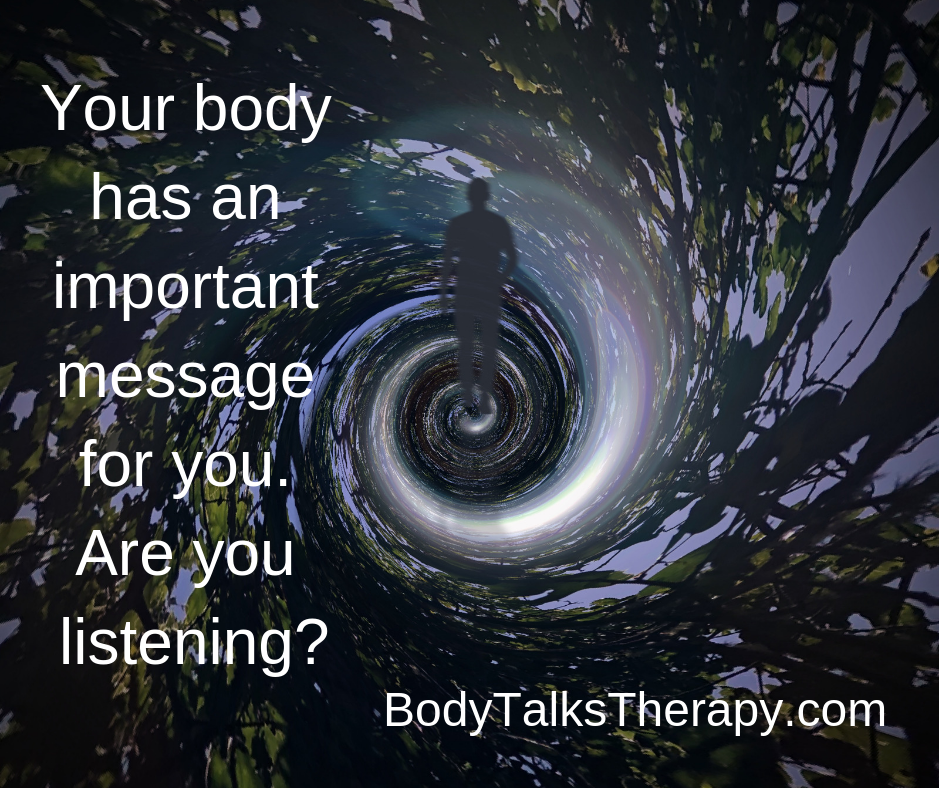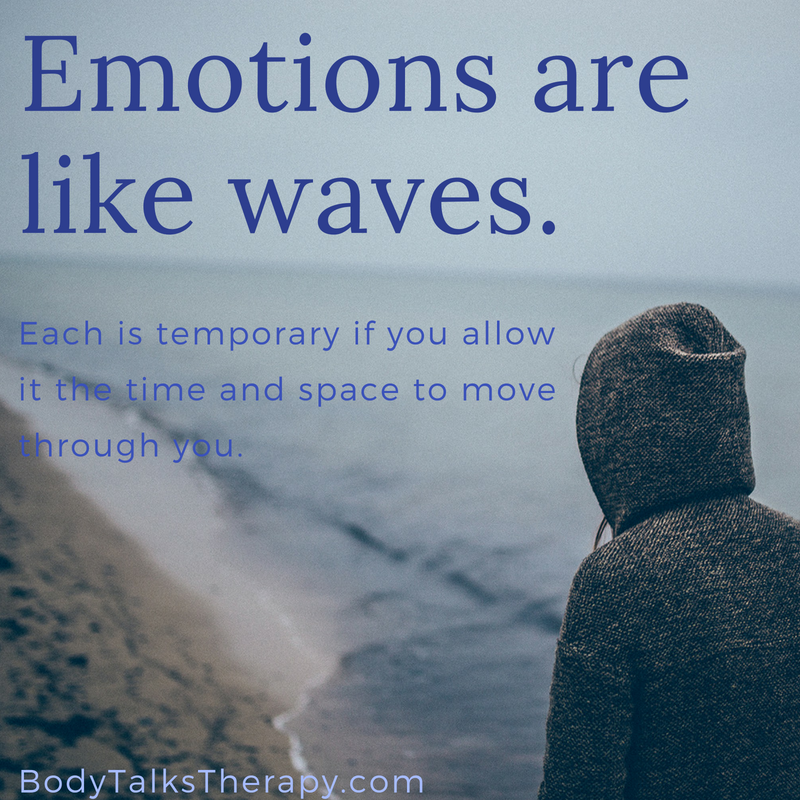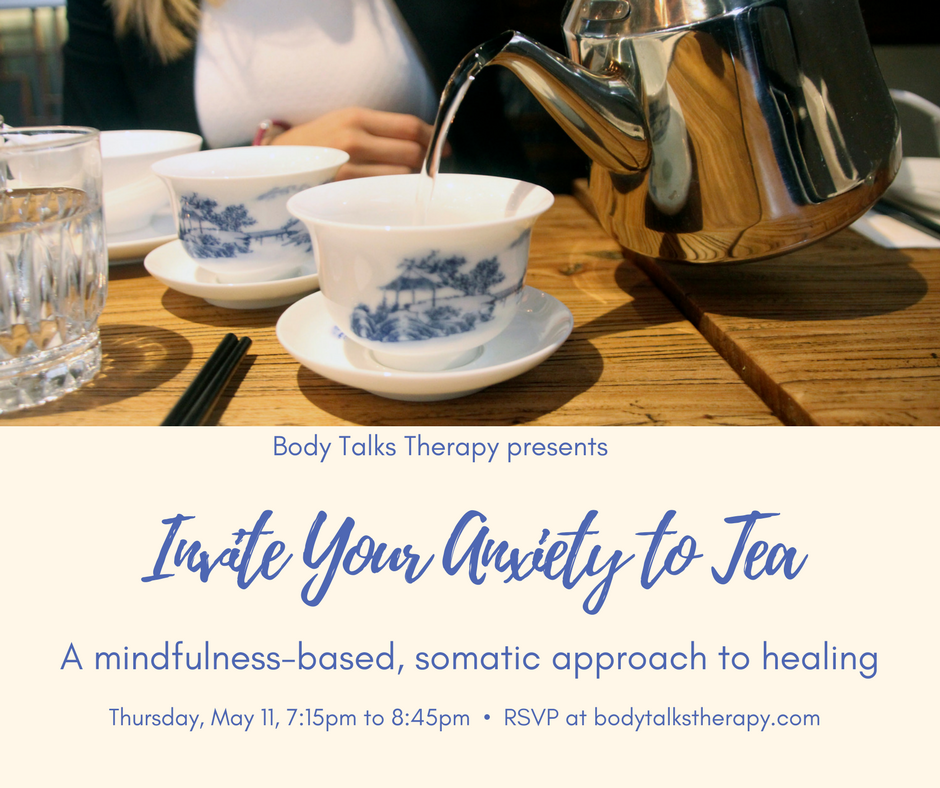(Continued from yesterday’s post, Tele-Therapy Discount And an Important Announcement Regarding COVID-19)

While it’s true that fear does compromise your immune system, do not be ashamed of feeling afraid.
If you’re not afraid, though, great! I celebrate that! My personal intention is to fear not. In meditation, I keep getting the message that the fear that is arising for me and for all of us is a collective healing of fear programs.
But it is entirely normal to feel fear in a situation like we’re all in REGARDLESS of statistics, and regardless of whether or not the media is engaging in hype. Logic and emotion do not go hand in hand. Many of us have histories in which we have not felt safe as a result of some trauma. Current events can trigger old trauma. So be kind to yourself. Have compassion for what’s coming up for you emotionally these days.
Don’t let anyone bully you into feeling ashamed of how you feel. The truth is, there are people in the world right now who are bragging about their lack of fear in order to earn your approval and admiration. Others are disconnected from their own emotions and look down on those experiencing fear, because they haven’t acknowledged their own shadow. They weren’t allowed to show or feel emotion (or it wasn’t safe to do so) when they were growing up.
Still others engage in spiritual bypassing. For them, fear is a four-letter dirty word. They hail love and light and suppress their lower emotions.
Fear is not a sign of emotional or spiritual weakness. It signals that you are human.
Now read this carefully and notice how your body and emotions respond to the following words:
IT’S OK TO FEEL AFRAID.
I promise. It’s OK. Take a breath. As you exhale, send roots from your tailbone into the Earth.
You’re not alone. A lot of us are concerned—including those of us who don’t buy into the media hype.
Resistance to what you’re feeling creates more of what you’re resisting. In this case, fear increases (even if only subconsciously) and can show up physically (through belly aches, heartburn, etc.) or emotionally (like when you snap at someone or break into tears over something unrelated).
Love is the antidote to fear. So grab an object that represents any fear you may be feeling (I recommend a pillow). Hold it. Listen to what the fear has to say. Talk to it. Don’t try to convince it not to be scared. Acknowledge the fear. Say it’s OK to feel whatever it feels. Tell it you see it, you’re with it, and you’re going to take care of it. Ask it what it needs from you. Stay out of your head. Be in your heart.
Just so you know you’re not alone, I will share with you that I am afraid. The idea of being in quarantine triggers the heck out of me. I experience anxiety around doctors, pills, and hospitals. I’m afraid of a panicked public and empty store shelves.
I was so “off” on Sunday, I struggled to enjoy the warm, sunny day. So I called my sister, who struggles with anxiety, so that I could be in service and get out of my own head.
You know what happened? She answered the phone in a calm voice and began to tell me funny stories about people carrying cases of toilet paper from the grocery store to their cars. Rolls fell onto and all over the parking lot. Shoppers could barely fit the tissue in their vehicles, so they tied them to their roofs.
We giggled, shaking the fear from our nervous systems.
She shared that she was inexplicably centered and certain that everything was going to be OK. My nervous system calmed. I felt reconnected and was able to settle down and go to sleep.
You see? Love is the antidote to fear.
Call a friend or loved one. Hug your dog. Engage in a random act of kindness. Offer someone help, support, or assistance. Comfort someone else who is afraid. Heck, gift someone with a roll of toilet paper or a homemade bottle of hand sanitizer!
Be extra kind to yourself these days. Eat healthy. Sleep well. Laugh more. Minimize stress.
Take epsom or sea salt baths. Get outside. Take walks. Meditate. Watch a funny movie.
Naturopathic doctors are prescribing antiviral supplements and herbs like Sovereign Silver, Cat’s Claw, L-Lysine, and lemon balm. They recommend increasing your intake of fresh vegetables and fruit, supplementing with Ester-C, B-12 and Folate, as well as Zinc. But ALWAYS, always, always, check with your doctor to ensure that it’s safe for you to take any natural medicine or supplement, especially in combination with allopathic or other prescribed medicines.
One thing I know: we will be changed by this experience. We’ll be wiser. In fact, I consider this virus my newest teacher.
Never before have I ever felt more connected to my brothers and sisters around the world. We’re all in this together. And we have an opportunity now, all of us, to learn so much.
I personally am being shown how I can improve my grounding and centering practices. I’m learning patience with the people who lash out when under stress. I’m realizing it’s time to surrender my ideas of how the world should look and the way it ought to be. I’m intending to trust more and to have faith.
This is our opportunity to extend a level of compassion to ourselves and to our fellow humans regardless of race, color, creed, and yes, even political party. Perfect timing. Perhaps it took illness for us to see.…
So send love to each other tonight. For this is the next stage in our evolution.
All of you empaths out there, stay tuned: I’ll be posting here (and on my Musings page at BodyTalksTherapy.com) about how to ground and release the fear that is not yours. I gotta admit: I’m having to use my tools every few hours. The collective fear is a doozy energetically!
You’ve got this, my friends.
All my love,
—Allison Brunner, LCSW, Body Talks Therapy


 She is a part of you, split off during a time in your life that when it was too painful or traumatic to remain whole. She wants to be remembered and reintegrated. The reclamation of all fragmented aspects of Self is an ancient practice shamans refer to as soul retrieval. Carl Jung adopted the technique, calling it shadow work, when engaging with his clients. Later, practitioners in the field of mental health renamed it inner child work or healing the child within.
She is a part of you, split off during a time in your life that when it was too painful or traumatic to remain whole. She wants to be remembered and reintegrated. The reclamation of all fragmented aspects of Self is an ancient practice shamans refer to as soul retrieval. Carl Jung adopted the technique, calling it shadow work, when engaging with his clients. Later, practitioners in the field of mental health renamed it inner child work or healing the child within. I observe the body language of a client seated across from me. Caught in the turbulence of her mind, she’s disconnected from the now-moment and her body.
I observe the body language of a client seated across from me. Caught in the turbulence of her mind, she’s disconnected from the now-moment and her body.
